JW Marriott Masai Mara Lodge review: a transformative safari trip
Combining luxury and adventure in Kenya’s spectacular wildlife reserve

Travel has opened up so many amazing experiences, but have you ever woken to the sight of baboons squabbling in a tree just a stone’s throw from your bed? Or stared down a pair of passing cheetahs, or lions guarding their latest kill?
Kenya’s Masai Mara National Reserve sounds like the stuff of fiction, yet this land of big game and spear-wielding warriors is real and it’s truly spectacular. And while sticking a luxury camp in this magical wilderness might easily strike the wrong note, the recently opened JW Marriott Masai Lodge is entirely in tune with its surroundings, as I discovered during a three-day trip of a lifetime.

The lodge
Set beside the Talek River on the edge of the Mara, as locals call it, the global luxury brand’s debut safari venture has been welcoming guests since the start of April, in unforgettable fashion. After touching down at the reserve’s Keekorok Airstrip in a teeny 12-seater plane from Nairobi, our group was greeted with champagne to refresh us for the half-hour drive to the lodge, where chanting Masai warriors lined the path to the entrance – a wobbly wooden suspension bridge crossing the river.
The Week
Escape your echo chamber. Get the facts behind the news, plus analysis from multiple perspectives.

Sign up for The Week's Free Newsletters
From our morning news briefing to a weekly Good News Newsletter, get the best of The Week delivered directly to your inbox.
From our morning news briefing to a weekly Good News Newsletter, get the best of The Week delivered directly to your inbox.
These local warriors are employed to patrol the camp around the clock and to guide guests after night descends. With an animal path cutting through the otherwise enclosed grounds, walking around alone in the dark is a definite no-no for non-warrior types, as one of the experts explained after spotting a hippo stomping along close to my “tent” (think amped-up glamping rather than camping).

The lodge accommodation comprises 20 of these canvas suites which, like the rest of the interior spaces, are decked out in natural materials and calming neutral tones that echo the surrounding landscape. All of the suites have indoor and outdoor showers, canopied balconies with hot tubs overlooking the river, and of course, Wi-Fi. There are no TVs, but a turf war playing out between baboons in a tree on the opposite bank acted as my, far superior, in-room entertainment.
The housekeeping signs are equally unusual, taking the form of “do not disturb” spears to plant at the suite entrances. There are also plenty of more conventional features that align with JW Marriott’s focus on well-being including a pillows menu and fragrant toiletries from African skincare brand Healing Earth. And fluffy hot water bottles are placed in the beds to counter the evening chill in this extremely changeable climate – a welcome unexpected touch, though guests might get a scare when they first feel something warm and furry beneath the sheets.

Those in need of a bracing drink can raid the well-stocked mini bars or head to the full-size version in the camp’s Fig Tree Lounge. The massive namesake tree towering in the centre of the lounge’s outdoor patio area provides much-needed shade during the day. Come dusk, the seated area around the patio fire pit is a cosy spot for guests to gather with cocktails garnished with herbs from the JW Garden.
A free daily email with the biggest news stories of the day – and the best features from TheWeek.com
Set at the heart of the camp, this garden produces an array of ingredients that are also used in the lodge’s Sarabi Restaurant. Here, I and fellow guests tucked into feasts of Indian foods (reflecting the culinary influence of Kenya’s sizeable Indian community) and traditional Kenyan dishes including roast meats, tasty stews and my personal favourite, ugali, a doughy form of maize or corn flour that is ideal for dipping.
Sarabi’s chefs deserve much praise for producing consistently excellent meals despite ever-shifting deadlines owing to the local relaxed attitude to time (a guesstimate “45 minutes” is the stock answer to any scheduling query). The chefs’ patience may also be challenged by non-human visitors, such as a very cheeky monkey that tried to steal croissants from our breakfast buffet.

The long-suffering cooks might benefit from a relaxing treatment at the lodge’s Spa by JW, where I enjoyed a tension-busting massage. The lodge’s other wellness-boosting amenities include an open-sided gym and an outdoor pool area where guests can join evening “yoga beneath the stars” sessions. Or to flex their grey matter, they can read the many books in the Adventure Lounge, which sits beside what will be a photography studio.
The lodge is pitched as a “retreat for the mind, body and soul” and with so much on offer, it lives up to the hype. But the highlight of my transformative trip was, of course, the region’s star attraction – the wildlife.
The safari experience
Spanning around 580 square miles, the Mara is home to more than 100 mammal species including the Big Five: lion, leopard, elephant, African buffalo and rhino.
Four of these five kindly put in close-up appearances during my group’s game drives, with just the last proving elusive. A fellow safari-goer swore she saw a retreating rhino from afar, but that might have been what our knowledgeable and witty guide Festus referred to as “Alts” (animal-like trees). Either way, we maintained a careful watch during stops to “pick a flower” and “walk the dog” (Festus-speak for al fresco loo breaks).
The first half of the reserve’s name honours the area’s ancestral inhabitants, while Mara means “spotted” in the Masai language (Maa), a reference to the area’s savannah plains speckled with riverine forests‚ mountain ridges and natural springs. This richly varied ecosystem attracts millions of wildebeest, zebras and gazelles that flood into the Mara each June in search of food during the annual Great Migration.
My visit took place shortly before the stampede was due to arrive on the 1,800-mile round trip from Tanzania’s Serengeti. But thanks to Festus and his “Bush CNN” (CB radio network with the lodge’s other guides), our group saw an A to Z of creatures ranging from antelopes, giraffes and hyenas to warthogs and zebras.
A breakneck dash across the savannah resulted in a once-in-a-lifetime encounter (from a safe distance in our open-sided Jeep) with one of the estimated 40 remaining leopards in the Mara, as the sun dropped towards the horizon. And after frantic messaging on the Bush CNN, we tracked down what Festus informed us were a pair of almost equally rare cheetah brothers padding along a grassy plain as the sun rose the following morning.
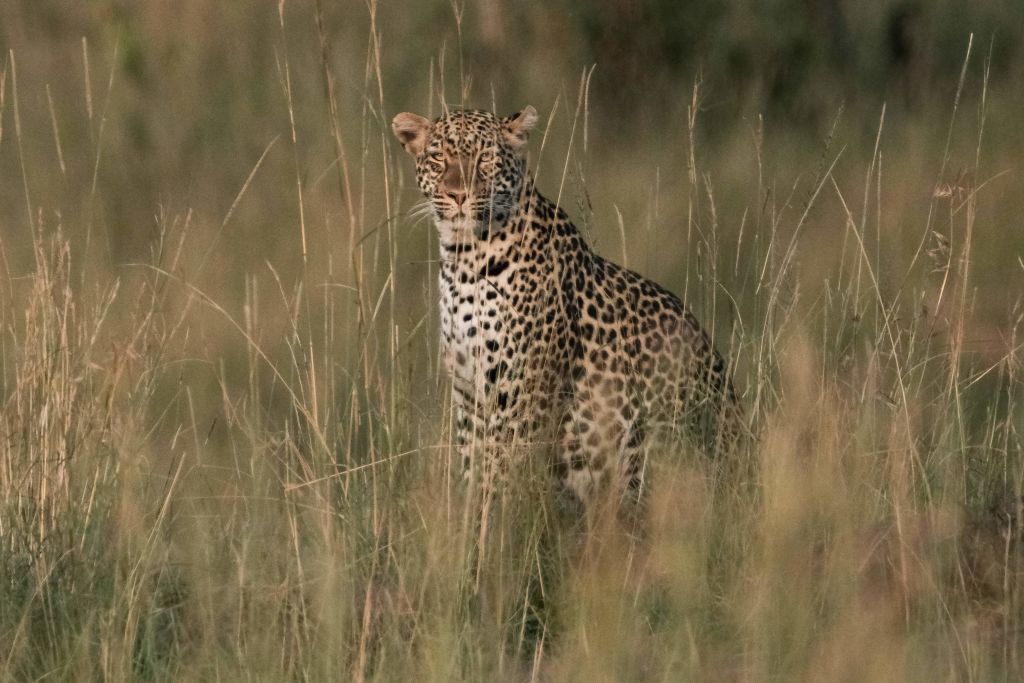
The big cat sightings continued with a pack of lions feeding on the carcass of a buffalo, a bloody spectacle with a soundtrack of tearing and crunching that no TV documentary can fully capture. This gory scene failed to kill our appetites for our subsequent bush breakfast, with the lodge’s chefs cooking up top-notch eggs and the like in a pop-up kitchen.
The unflappable team also staged a picture-perfect finale for our last journey into the savannah, setting up a mini bar and bonfire for a sundowner drinks experience. The Mara had other ideas though, with a sudden storm triggering a human stampede to our Jeeps. Following a rain-lashed race back to camp along the pot-holed roads, our day ended with equally enjoyable but less Instagram-worthy drinks under the shelter of canvas – a fitting reminder that in this vast wilderness, nature ultimately calls the shots.
The bigger picture
Witnessing the wonders and sheer beauty of the Mara in the flesh can be a life-changing experience for visitors, but questions about the potential impacts of this tourism merit answers. JW Marriott is addressing these tricky issues through initiatives including providing a water treatment plant for the area, and by pumping investment back into the community by employing locals, who currently make up more than 60% of the lodge staff.
The brand also offers hospitality apprenticeship programmes aimed chiefly at local women, who traditionally marry in their early teens and often struggle to access education. One staff member, Tito, told us how she was helping to pay to educate her siblings after becoming the first girl in her family to go to school. The pioneering mother of two also campaigns against female circumcision and against the poaching that has threatened many animal species in the Mara.
JW Marriott is getting in on the conservation action as well, through tie-ups with groups including The Maa Trust, a non-profit with a focus on environmental protection that empowers local people by promoting small business start-ups. Guests can visit The Maa Trust to meet local artisans, some of whom sell their work at the lodge.
My group was also invited to visit a nearby Masai village to learn more about their culture. Named after the acacia trees that ring the circular encampment of small mud houses, Ololchurra is home to an extended family of around 60 people who fund their recently launched community school by selling cattle and crafts. We got a lesson on Masai life from an elder who had learned English alongside Kenya’s other official language, Swahili, as a child after braving daily ten-mile treks to the nearest school.
The insights into the lives of the Masai were fascinating and numerous, from their staple diet (meat, milk and cattle blood, drunk warm) to the meanings behind traditional rituals and chants. But the key takeaway message was this community’s respect for their lands and its wildlife. After even the briefest visit to the Mara, any visitor will surely share that respect.
Kari Wilkin was a guest of the JW Marriott Masai Mara Lodge. Rates start from £1,420/$1,750 per person per night or £2,355/$2,900 for two people per night, including accommodation on a full-board basis, two shared game drives per day and return air transfers from Keekorok Airstrip; marriott.com
Sign up for the Travel newsletter for destination inspiration and the latest news and trends
Kari Wilkin is The Week Digital’s global managing editor. She joined the UK site as production editor in 2017, after moving across from The Week magazine. Her career as a journalist began as a sub-editor at newspapers including The Sun, Metro, the Daily Star and News of the World, followed by stints at Elle and Asda Magazine. She also helped to launch the UK edition of Women’s Health magazine, as chief sub-editor with a sideline in writing; has penned travel and lifestyle articles for titles including The Telegraph and The Sun; and is a contributor on “The Week Unwrapped” podcast.
-
 US citizens are carrying passports amid ICE fears
US citizens are carrying passports amid ICE fearsThe Explainer ‘You do what you have to do to avoid problems,’ one person told The Guardian
-
 All roads to Ukraine-Russia peace run through Donetsk
All roads to Ukraine-Russia peace run through DonetskIN THE SPOTLIGHT Volodymyr Zelenskyy is floating a major concession on one of the thorniest issues in the complex negotiations between Ukraine and Russia
-
 Why is Trump killing off clean energy?
Why is Trump killing off clean energy?Today's Big Question The president halts offshore wind farm construction
-
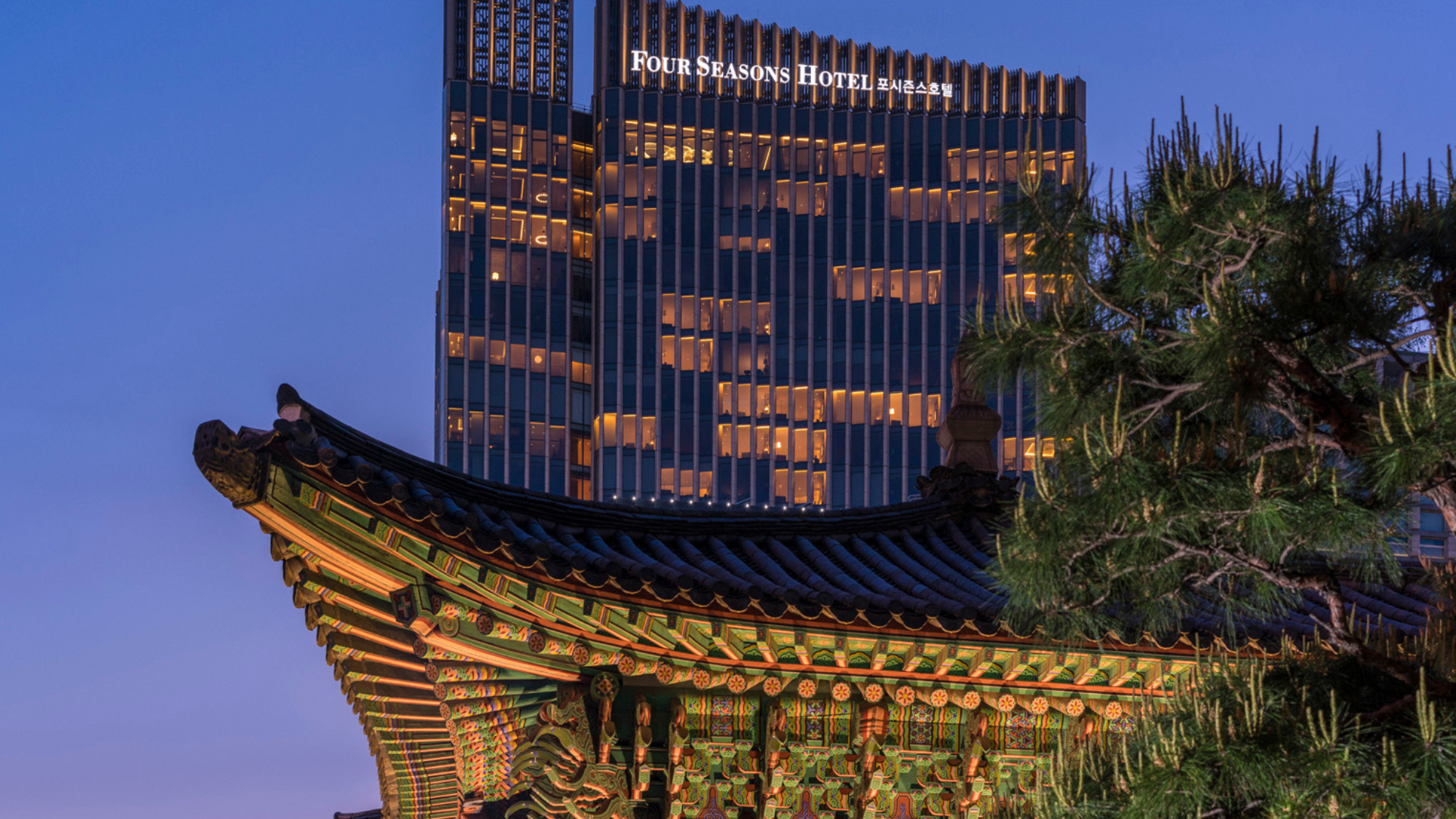 Four Seasons Seoul: a fascinating blend of old and new in South Korea
Four Seasons Seoul: a fascinating blend of old and new in South KoreaThe Week Recommends Located right in the heart of the action, this classy hotel is the perfect base to explore the capital
-
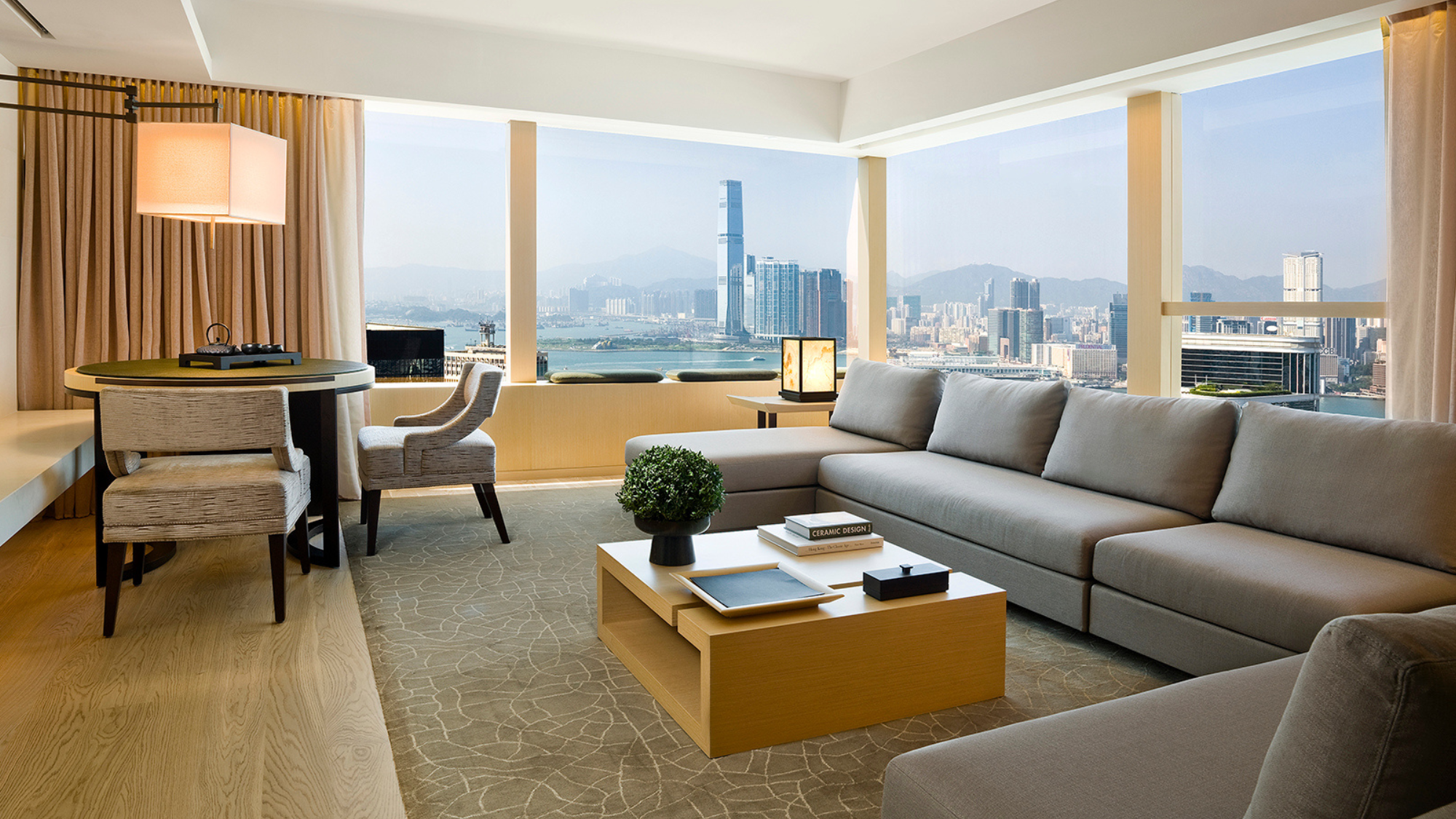 Upper House Hong Kong: a serene sanctuary in the bustle of the city
Upper House Hong Kong: a serene sanctuary in the bustle of the cityThe Week Recommends Panoramic harbour views and super-stylish interiors elevate this luxury hotel to another level
-
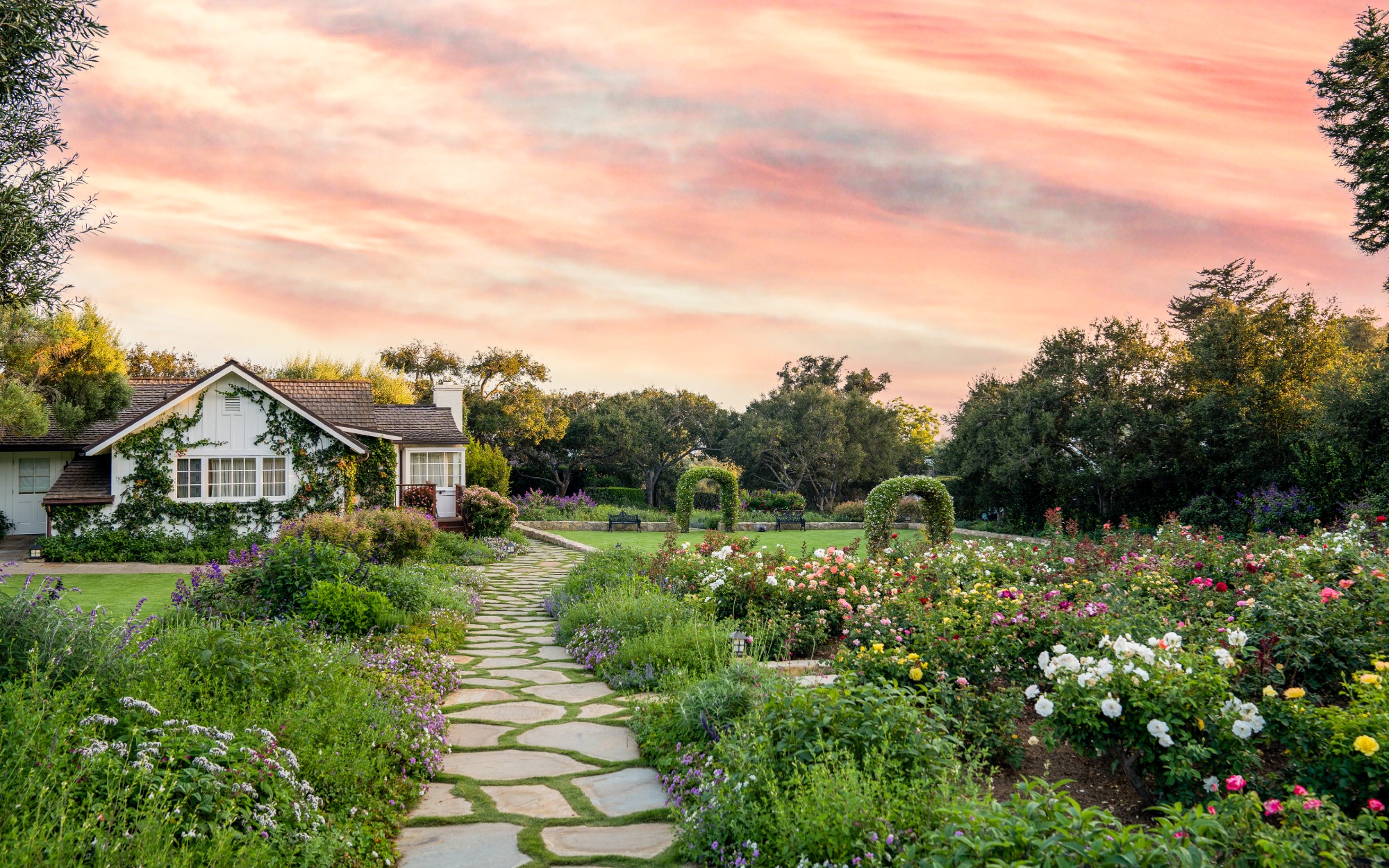 Step into a fairy tale at San Ysidro Ranch
Step into a fairy tale at San Ysidro RanchThe Week Recommends This historic Californian hideaway is pure magic
-
 The Old Bell Hotel: whimsy and charm in historic Wiltshire
The Old Bell Hotel: whimsy and charm in historic WiltshireThe Week Recommends Giraffes, monkeys and bold, bright colours add a playful touch to this 800-year-old inn
-
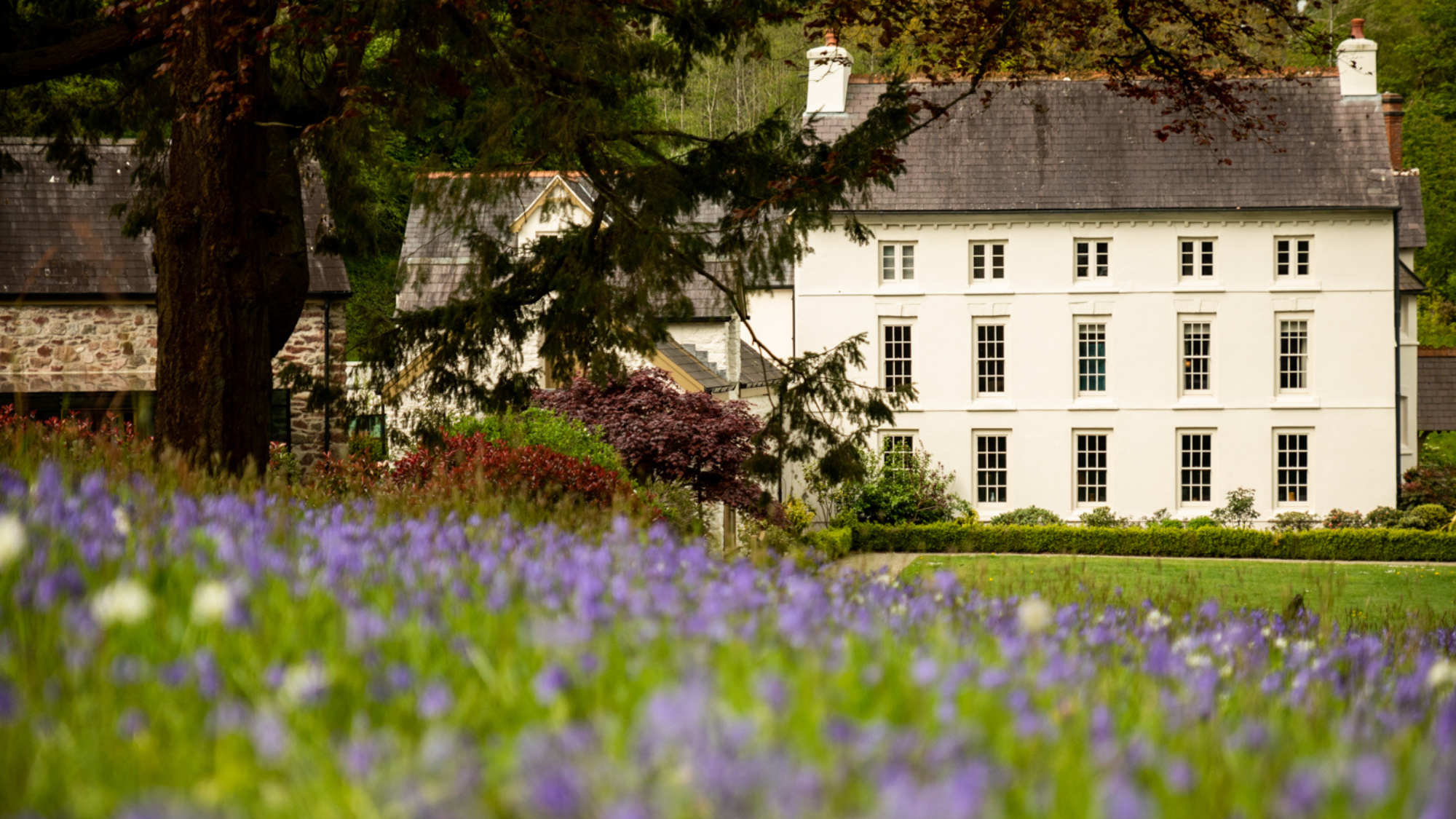 Grove of Narberth: comfort and style in the Welsh countryside
Grove of Narberth: comfort and style in the Welsh countrysideThe Week Recommends This boutique Georgian manor in Pembrokeshire is the perfect rural retreat
-
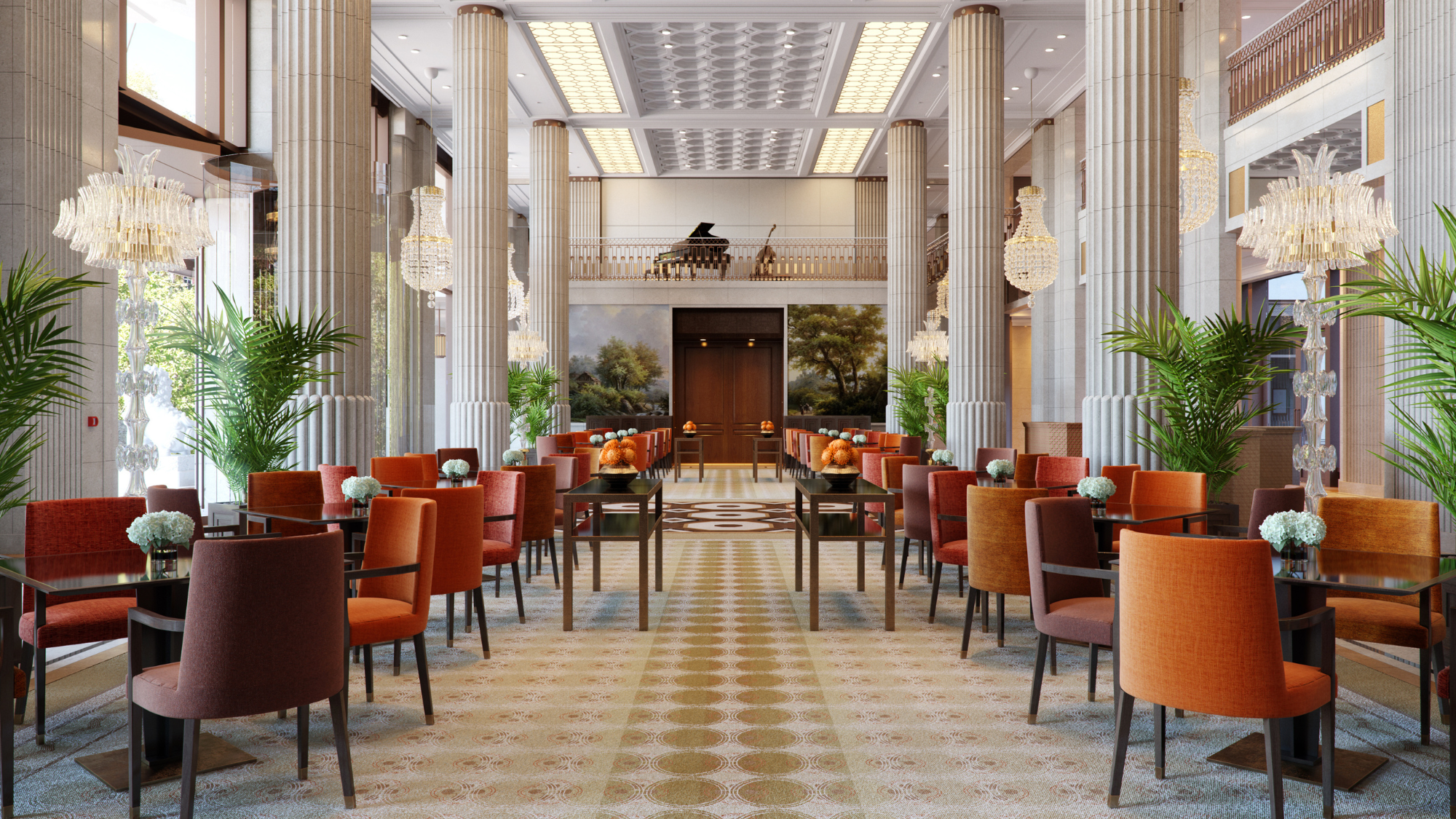 The Peninsula: London’s first billion-pound hotel
The Peninsula: London’s first billion-pound hotelThe Week Recommends As the capital’s super-luxury hotel scene continues to expand, the respected brand is still setting the standard
-
 The Mini-Mayfair package at Mandarin Oriental
The Mini-Mayfair package at Mandarin OrientalThe Week Recommends Keep the kids entertained with a family-friendly stay at one of London’s swankiest hotels
-
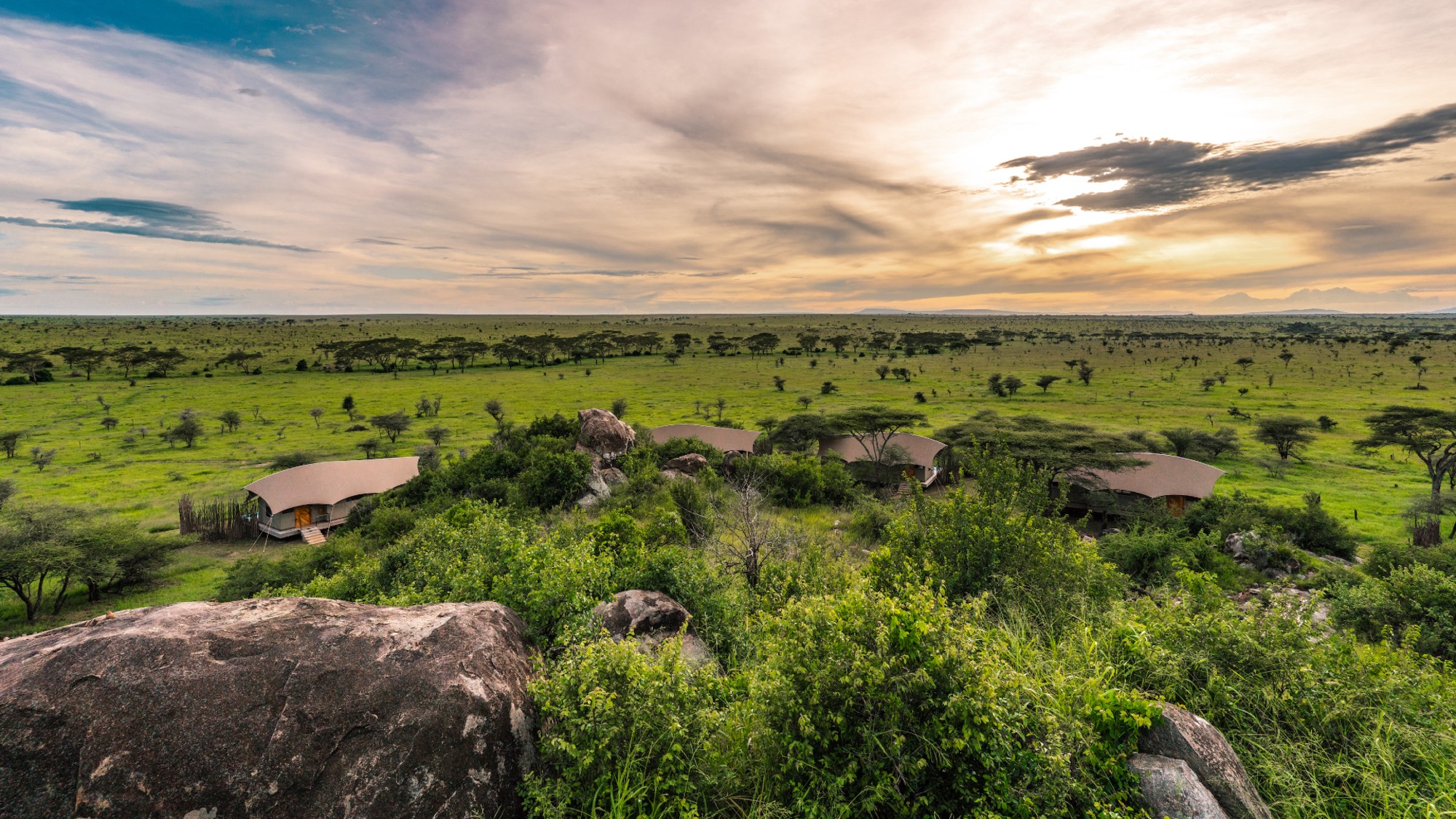 Experience Tanzania’s untamed wilderness from Lemala’s luxury lodges
Experience Tanzania’s untamed wilderness from Lemala’s luxury lodgesThe Week Recommends The vast protected landscapes are transformed into a verdant paradise during ‘emerald season’